Before cheap flights, trains were the economical way to discover Europe and its foibles. Personally, I enjoyed the old fuss at border crossings. By the time I was 18, I had memorised those warning notices in the carriages: Nicht hinauslehnen; Defense de se pencher au-dehors; E pericoloso sporgersi.
Those three different ways of saying ‘don’t stick your head out the window’, one bossy, the other pedantic, another gently pleading, summarised the nice subtleties of national borders that were philosophical as well as political.
Europe is a marvel. Its busy inhabitants discovered private property, social mobility, romantic love, democracy, secularism, antiquarianism, nationhood, industry, capitalism, technology, domesticity, privacy, vanity, revolution, modernism, exploration and self-expression.
To communicate their beliefs, to give form to their values, Europeans created images and objects of great sophistication. Many of these later became known as ‘art’, adding further levels of richness and meaning. But because Europeans also invented aggressive colonialism, the continent’s values are under attack. And not only from the historically downtrodden and exploited. Expressing his concern at the muddle of contemporary European identity, Kissinger asked, ‘If I want to speak to Europe, who do I call?’
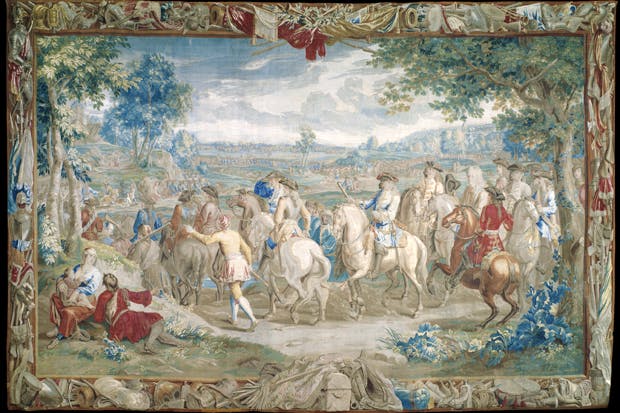 Tapestry – The Art of War, Judocus de Vos
Tapestry – The Art of War, Judocus de Vos
So with nice didactic appropriateness, the V&A opened its new European galleries at the end of last year. Arrive at the front door and you will be told ‘Turn left for Europe’, but that’s practical guidance, not a political directive. ZMMA architects has stripped back an unloved and gloomy part of the museum, ripping out crapola Ministry of Works suspended ceilings and exposing parts of Sir Aston Webb’s imperious original while adding new finishes in bronze, walnut, stone and leather. Clarity has replaced obscurity. With these sumptuous effects and coruscating display cabinets meticulously crafted by hyper-tech German Übermenschen, the total effect is a little like sitting in an S-Class Mercedes, that sovereign contemporary symbol of European authority in matters of luxury and technology.
Intellectually, there is rather a lot going on: the new European galleries represent a vigorous rethink of the V&A’s collections. The museum — naturally — has huge British holdings already freshly redisplayed, but its European catalogue has been massively skewed towards France since the 1882 bequest of John Jones, a military tailor who, like Henry Frick in New York, wanted to introduce his new money to old French furniture. What’s more, there is no such thing as a synoptic European history of art, since historians still tend to cling to pre-Schengen notions of national identity.
So, as a corrective to this view and also to disguise the imbalance in the museum’s collections, the new European galleries are organised not as German, French, Italian and so on, but by supranational themes. A portrait of Peter the Great (with his hand wince-makingly on the head of a docile blackamoor) supports, for example, the idea of ‘the birth of the baroque’ and the consequent escape from the chilly authority of antiquity.
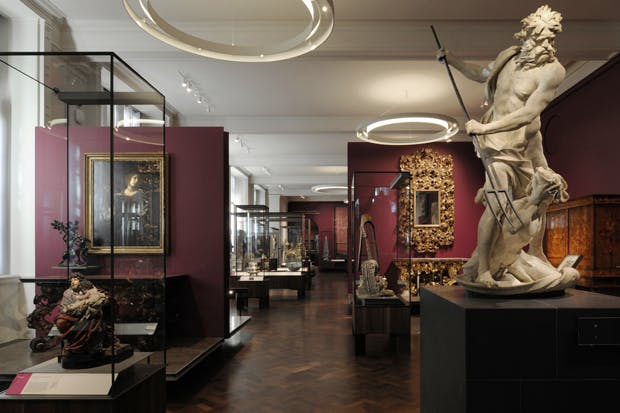
Twenty-eight volumes of Diderot’s and d’Alembert’s Encyclopédie are on show to explain how meticulously researched technical understanding aided social progress. By contrast, the Commedia dell’arte suggests the roles of play and satire in the European mentality while a metal ‘character head’ of 1781 by Franz Xaver Messerschmidt has contorted features predicting the 19th century’s fascination with psychological states. A Dutch travelling shaving set from about 1700 speaks of an individual’s independence and his secular dedication to civilised ritual. At about this time, bedroom and bathroom rites and functions ceased to be semi-public and modern notions of etiquette, still with us, emerged.
Some of the great marvels of the V&A are repurposed here. A vanitas painting by N.L. Peschier of 1659 has the skull, rumpled sheets of music, ears of corn, a smouldering piece of wood; the complement to world authority in trade and science was the appalling realisation that its glories were fragile and temporary. More beautifully, there is José de Mora’s ‘Virgin of Sorrows’ (see p25) made in Granada in 1680, an illusionistically beautiful head of painted pine with glass details. This Virgin is often loaned and, when travelling internationally, her divinely tragic aspect is always popular. Especially in Korea.
There are crossbows, busts, writing cabinets, tapestries, teapots and a grandiose Meissen table fountain, but the best exhibits are complete room sets that were always on display, but never so startlingly as here. There is the Sérilly Cabinet from the Marais and the lovely vernacular painted room from La Tournerie in north-west France. But, best of all, the tiny panelled and mirrored chamber, perhaps from Lombardy, given to the V&A by Sir Chester Beatty in 1955.
Here, you are down on one knee, Casanova-like, with strains of Vivaldi. You are in a silk suit and a lace cravat and quoting to your lover those fine words of the Marquis de Saint-Maurice: ‘Amongst the mad, it is necessary to be mad oneself.’ When Daesh comes to get us and exchanges Sharia for beauty and romance, here will be my own determined last defence of la dolce vita.
The V&A’s Europe is a marvellous and inspiring place. Britain has no part of it —which is perhaps exactly as it should be.
Got something to add? Join the discussion and comment below.
Get 10 issues for just $10
Subscribe to The Spectator Australia today for the next 10 magazine issues, plus full online access, for just $10.

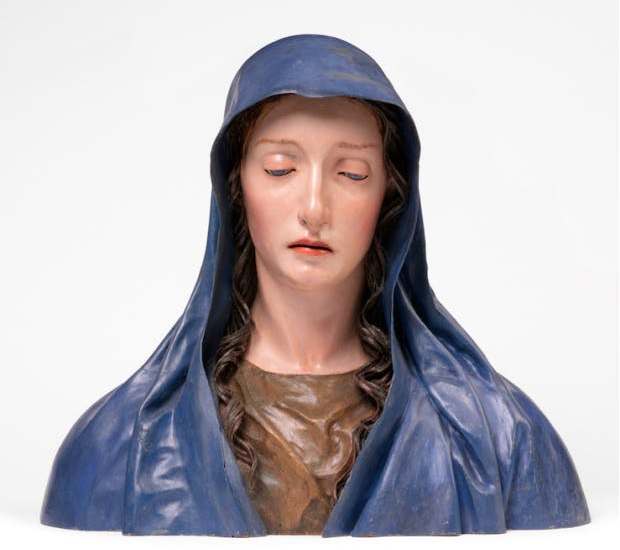
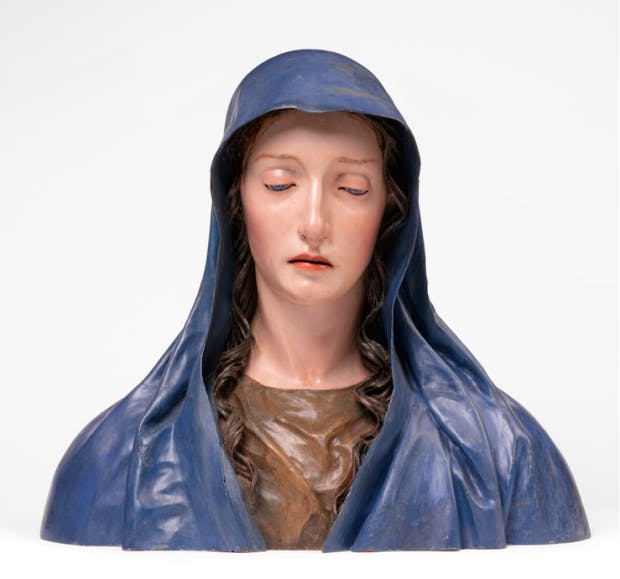
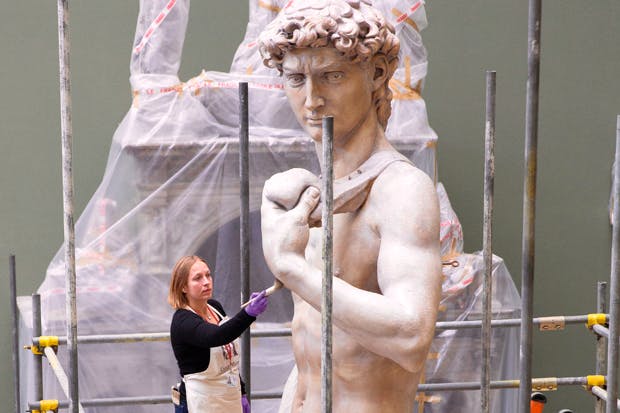
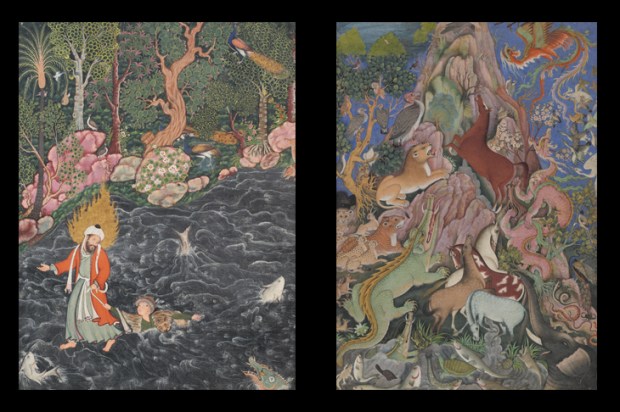
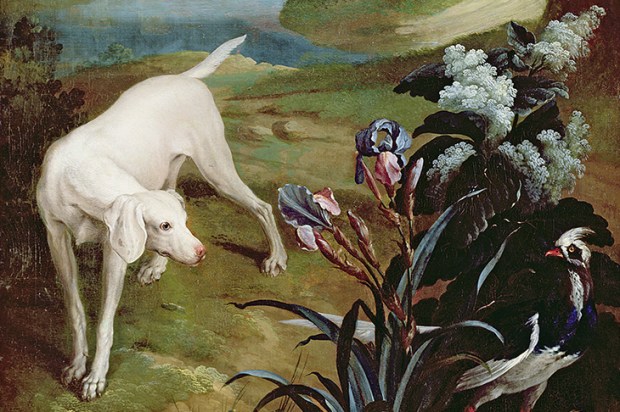
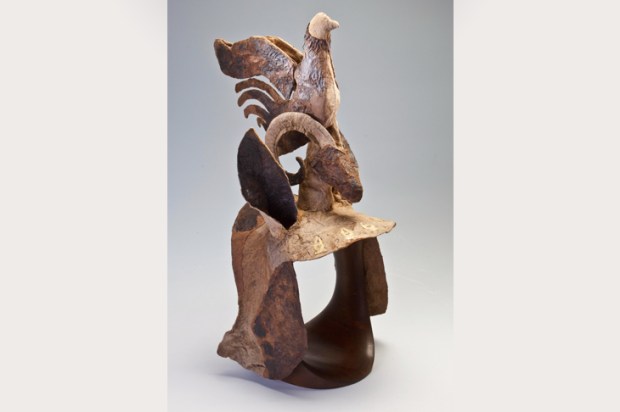






Comments
Don't miss out
Join the conversation with other Spectator Australia readers. Subscribe to leave a comment.
SUBSCRIBEAlready a subscriber? Log in